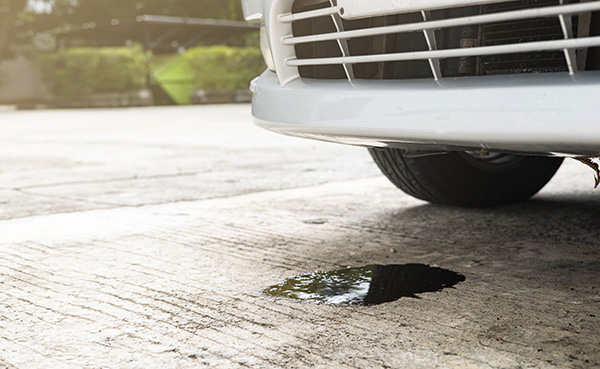Posted on 11/28/2025

Volkswagen dashboards are pretty good at getting your attention. When the light comes on, the car may still feel fine, or it may stumble and idle roughly. The code stored in the computer points us toward a system, then testing finds the exact part or setting that failed. Here are five VW codes we see often, what they usually mean, and how we approach them, so you are not guessing. 1. P0171 System Too Lean (Bank 1) This code says the engine computer keeps adding fuel to hit the target mixture. On many VW models, the usual suspects are unmetered air leaks, a dirty or failing mass airflow sensor, or vacuum leaks at the PCV assembly. Split intake boots after the MAF are common. You might notice a light surge at cruise or a rough idle on cold starts. Our first steps are a smoke test of the intake, live data review of fuel trims, and a close look at the PCV system. If the MAF is dirty, we clean it properly and verify readings at idle and at a set rpm. Fixing the air leak ... read more
Posted on 11/15/2025

Small spots under your Audi can turn into big repairs if they are ignored. Modern Audi engines use tight sealing surfaces and lots of rubber gaskets that work hard in heat and traffic. As those parts age, a slow seep can become a steady drip. Finding the true source early protects the timing system, the turbo on equipped models, and keeps the driveway clean. Why Audi Engines Develop Leaks Over Time Heat cycles harden rubber and flatten gasket surfaces. Direct injection and compact engine bays keep temperatures high around covers and housings. Once a seal loses elasticity, vibrations open a path for oil to escape. Short trips add to the problem because moisture and fuel traces age the oil and the soft parts faster. A healthy crankcase ventilation system is critical, as excess pressure can push oil past the weakest seal. Valve Cover Gaskets and PCV Issues Valve cover gaskets are common leak points on many Audi four and six cylinder engines. You may s ... read more
Posted on 10/31/2025

Modern vehicles rely on electronics for far more than starting the engine or playing music. In a Mercedes-Benz, everything from suspension adjustments to climate control and driver assistance systems is electronically managed. These cars often include dozens of control modules that communicate with each other, and one small failure can impact multiple systems at once. Diagnosing these problems is not as simple as plugging in a generic code reader. It requires specialized diagnostic tools, brand-specific software, and a technician who understands how each module interacts with the others. Why Generic Scans Aren’t Enough A check engine light or warning symbol might give you a code, but that code rarely tells the full story. In a Mercedes-Benz, the same error code can result from a range of problems, and misinterpreting it can lead to unnecessary or incorrect repairs. For example, an issue in the charging system might show up as a transmission fault if the vehic ... read more
Posted on 10/15/2025

BMW’s history stretches back to the early 20th century, but its automotive legacy began in earnest in 1928 with the purchase of Fahrzeugfabrik Eisenach. The first car to carry the BMW name was the 3/15, based on the British Austin Seven. Though modest, it marked the brand’s entry into passenger vehicles and laid the groundwork for what would become a global icon in engineering and performance. Before that, BMW focused on aircraft engines, a background that would influence its precision engineering for decades to come. Post-War Rebuilding and the 1950s Comeback Like many European manufacturers, BMW faced major challenges following World War II. Its factories were damaged, and production was heavily restricted. In the late 1940s, the company produced motorcycles to stay afloat. In 1952, BMW returned to building cars with the 501 luxury sedan. It was elegant and well-built but expensive, and sales were limited. The introduction of the Isetta microcar in ... read more
Posted on 9/26/2025

Reaching the 100,000-mile mark is a milestone for any vehicle, and with Hyundai’s reputation for reliability, many owners expect their cars to last well beyond it. But longevity doesn’t just happen on its own. Consistent maintenance, timely repairs, and smart driving habits all play a role in keeping your Hyundai performing its best mile after mile. At RM Automotive in Northridge, CA, we’ve helped countless Hyundai owners care for their vehicles long after the warranty period ends. With the right approach, you can easily add years of dependable service to your car’s lifespan. The Importance of Routine Oil Changes Your engine depends on clean, properly flowing oil to stay healthy. Over time, oil breaks down and becomes contaminated, which reduces its ability to lubricate moving parts and control engine temperatures. Neglecting oil changes can lead to sludge buildup, worn bearings, and costly engine damage. For most Hyundai mo ... read more